How to grow and care for asters – extend your yard's color palette with these easy, daisy-like beauties
Asters are inter-seasonal stunners that will help summer move into the fall in colorful style
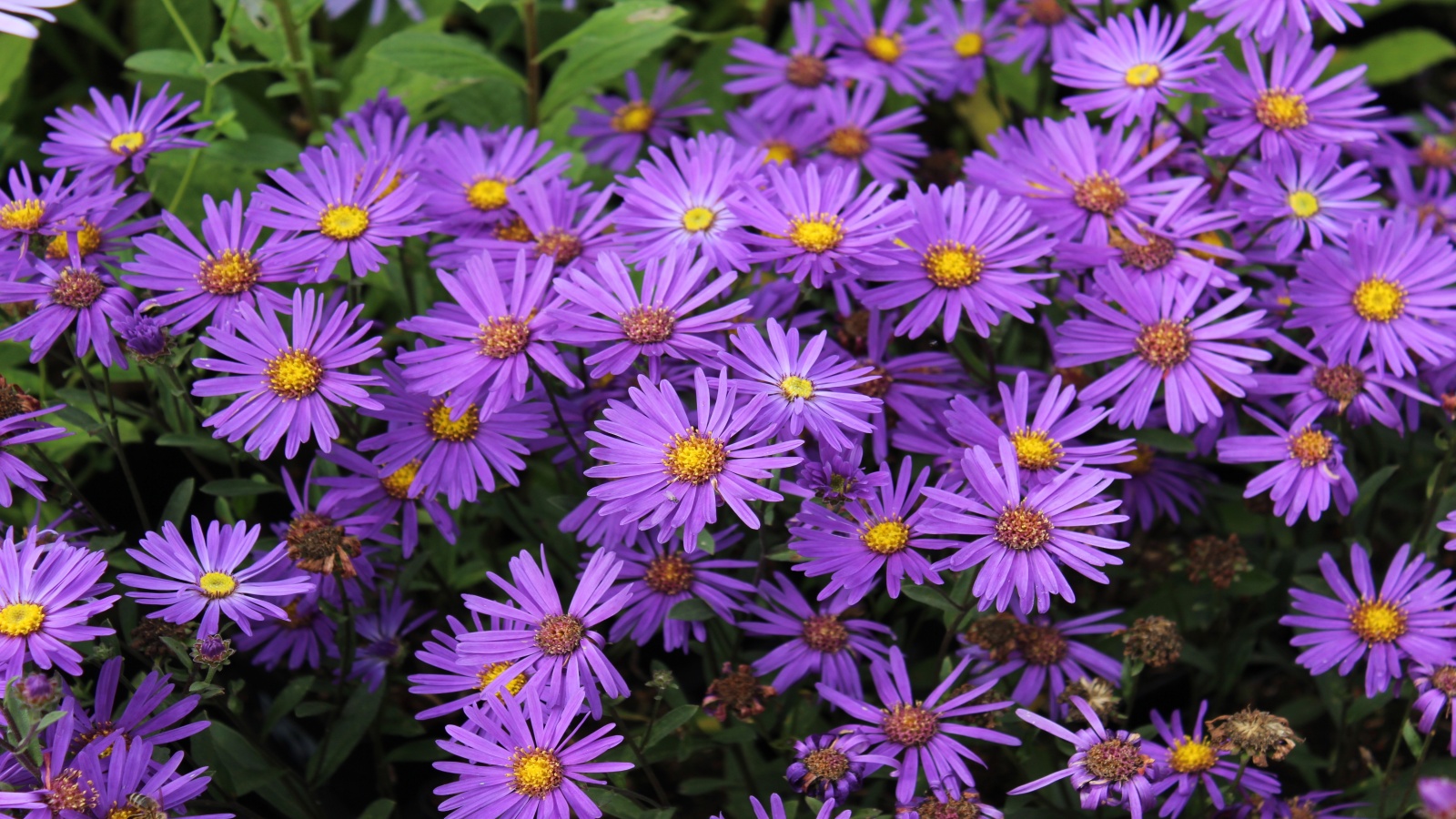
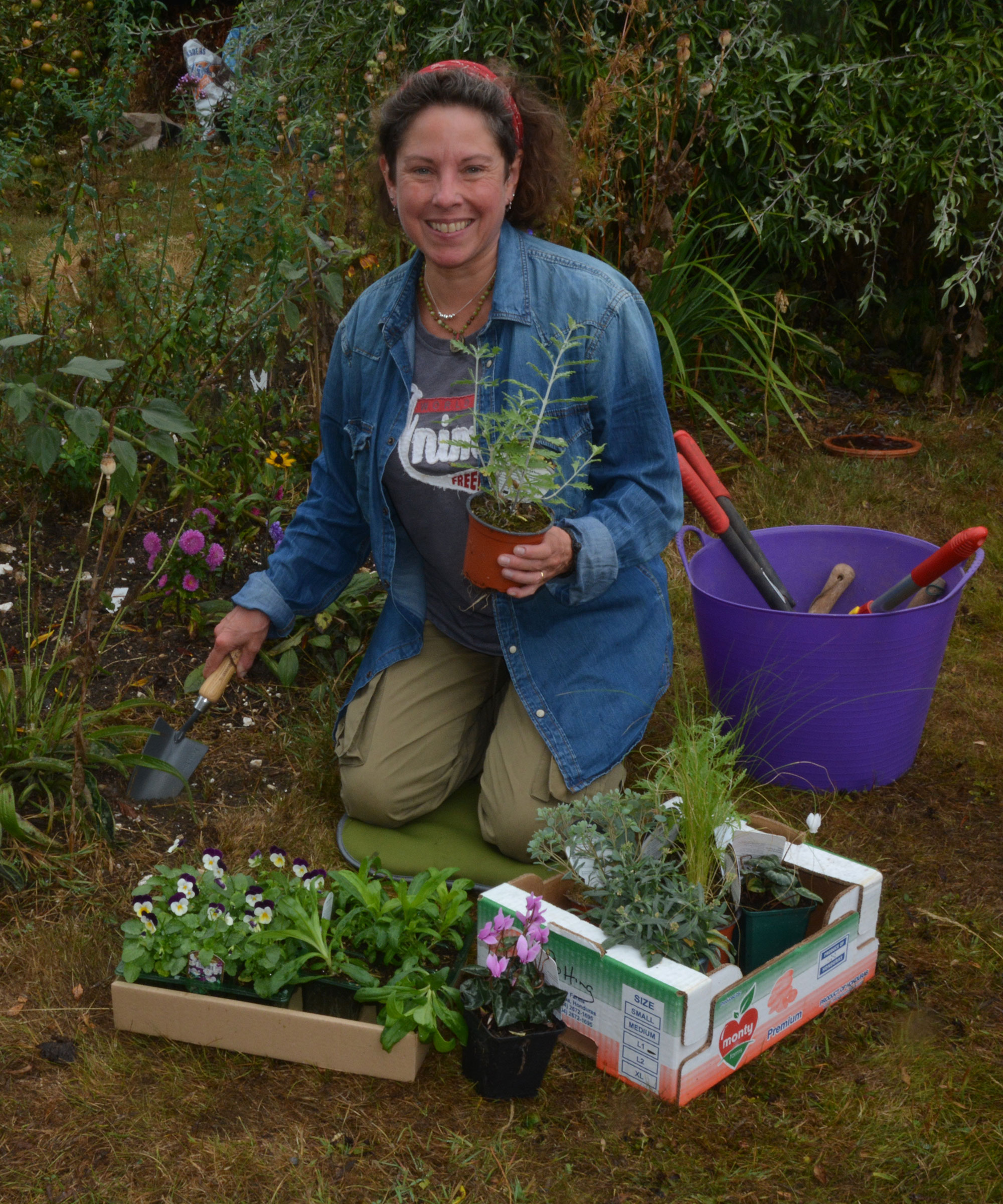
Asters are one of the best plants to add to your yards. Why? Because not only are they at their best from late summer into fall, extending your annual tapestry of color, they are also super easy to grow and attractive to pollinators.
There are many varieties of aster, both perennial and annual, and their bright daisy-like flowers come in shades of pink, purple, blue, apricot and white. They are members of the Asteraceae family that also includes daisies, marigolds, sunflowers, chrysanthemums and echinacea.
Knowing how to grow and care for asters will extend the flowering potential of your yard from late summer right through to the fall.
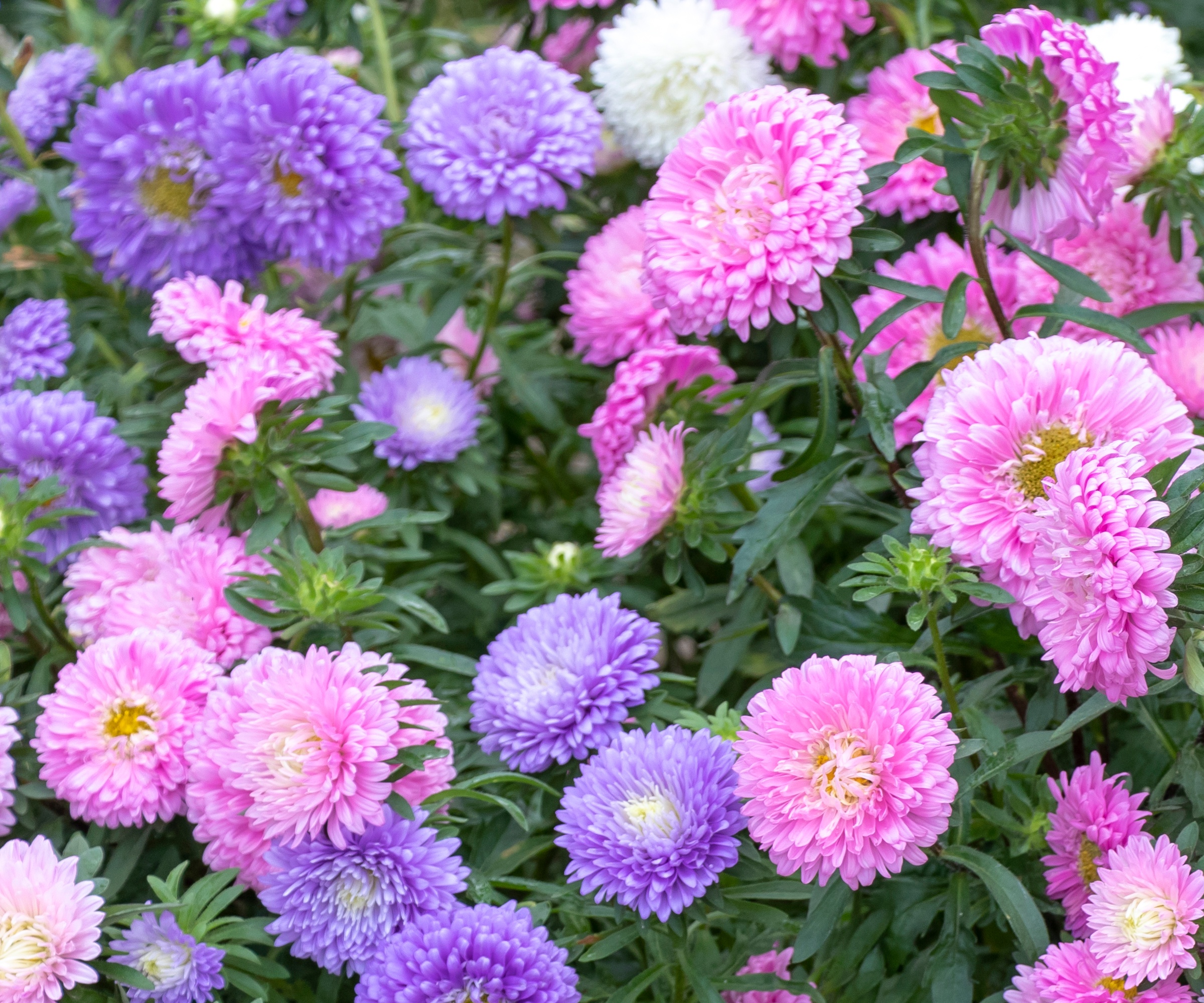
Callistephus chinensis are annual asters that can be grown from seed and make excellent cutting flowers
How to grow asters
Perennial asters can be grown from seed, but it takes time for them to mature so you may be waiting years for them to flower. The best way of growing them is to buy plants and add them to the yard in spring. There are native varieties of aster growing all over North America, but these are different to the cultivated strains we buy for our gardens.
It's useful to know that asters have had a name-change in recent years, and while some varieties are still known as asters, such as mauve-flowered Aster amellus (also known as Italian aster), others go by the name Symphyotrichum.
This rebranding is more prevalent in the UK than the US, and like all changes it will take time to catch on everywhere, but do remember it to avoid potential future confusion.
When choosing plants for your flower bed ideas, consider what will grow well in the conditions in your yard, how much space you have and what will work best with your current and planned planting schemes.
Growing habits of asters
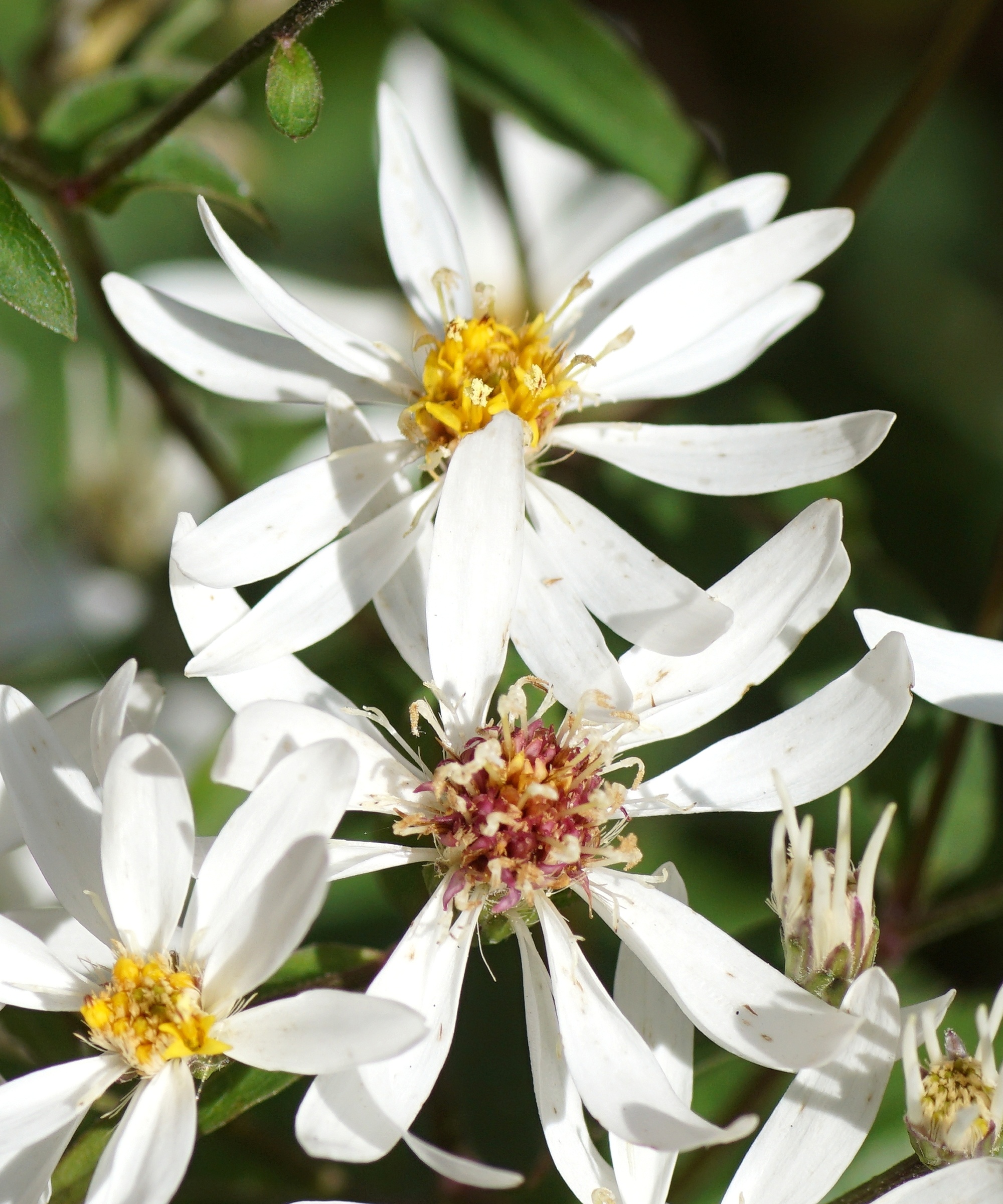
Unlike other asters with lots of clustered petals, 'White Wood' aster produces a constellation of star-like flowers
Asters are native to most states of North America. They are tall, clump-forming herbaceous perennials that can grow up to 6ft tall, though climbing asters can reach 10ft when supported.
Annual asters are called Callistephus chinensis and grow to around 27in tall. As half-hardy plants they are not totally frost-proof but are great as bedding plants and cut flowers and can be bought as seeds from Amazon.
To grow from seed, sow in spring in trays of good quality seed potting soil. When the seedlings are large enough, transfer them into small individual pots and continue to grow them until the frosts have finished.
Gradually acclimatise your young plants to life in the yard, a process known as hardening off, before planting them out where you want them to grow.
Perennial asters are extremely hardy and can survive in US hardiness zones 3-8. They grow well in the soil and in containers.
Popular cultivars include the traditionally mauve-flowered Aster amellus that can be bought as plants at Amazon, as well as aster 'White Ladies' from Dutch Grown, and the double-petalled New York Aster ‘Fellowship’ also from Dutch Grown, which grows to 40 inches tall.
Care guide for asters
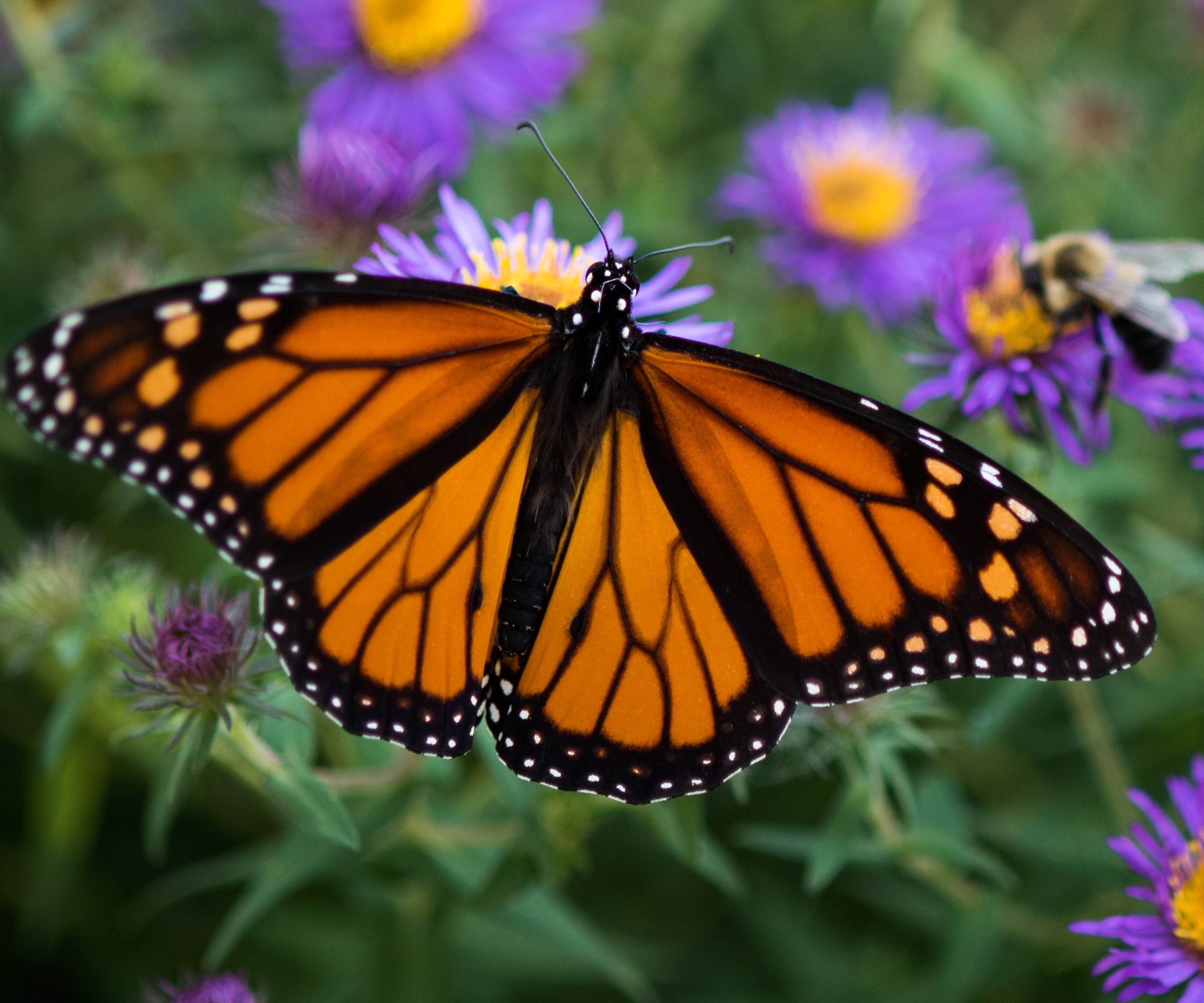
Asters are important plants for pollinators. especially the impressive monarch butterfly
Soil: Asters do best in fertile, nutrient-rich loamy soil that is slightly acidic. If your soil is alkaline, you can make it more suitable for growing asters by adding plenty of well-rotted organic material such as manure, homemade compost or leaf mold which will also boost its nutrient levels.
The plants need soil that drains well as their roots are prone to rotting in wet conditions. If you have heavy clay soil, you may be better off growing more compact varieties of asters such as 'Purple Dome' available from Amazon in containers.
Light: For the best, long-lasting flowers, grow your asters where they get lots of sunlight. Failure to do so means they could become thin and weak as they stretch upwards towards the light, and they will not produce their usual wealth of flowers.
If your yard gets little sun, some native varieties such as ‘White Wood’ can tolerate more shade.
Watering: Water asters well when you first put them in the soil, and keep them well irrigated while they get established. Older plants should be correctly watered regularly when they are in flower, but always make sure the water lands on the soil, rather than your plants, as wet leaves are more prone to attracting grey mold and white mold (powdery mildew).
Fertilizing: Asters aren’t the most ravenous feeders, but to get the best results feed them fortnightly with a general-purpose fertilizer such as Miracle-Gro Pour and Feed from Amazon between April and the end of July.
Once they start flowering they will appreciate a fortnightly feed with tomato fertilizer such as Expert Gardener Tomato and vegetable Plant Garden Food from Walmart, which promotes good flowering.
When using granular fertilizers, apply them according to the manufacturer's instructions and then water them in.
Pruning: Pinching out the tips of aster shoots when they start to grow in spring will produce bushier plants with more flowers. Deadheading plants as the blooms fade encourages more buds.
There is some debate about the best time to cut back asters, but I prefer to leave their stems standing in the fall to protect the plant's crown from winter weather and provide hibernation hang-outs for insects and invertebrates.
Toxicity: Asters are safe to grow in your yard and are not toxic to pets, children, adults or wildlife. They are one of the best plants for fall pollinators and are especially popular with bees and butterflies, such as the beautiful monarch butterfly.
FAQs
What plants grow well with asters?
Because they are a native plant of North America, asters work very well in naturalistic or prairie planting schemes. Grow them with ornamental grasses that hold their interest in fall and winter, native grasses, coneflowers, goldenrod and black eyed Susan. Because they flower at the same time, chrysanthemums are another good companion plant for asters, either in matching or contrasting colors.
How do I propagate asters?
The easiest way of propagating asters is to divide established clumps every 3-4 years in spring when they are just starting to grow again after winter. Carefully dig up the plant and split it into sections using your spade (keep it sharpened for this purpose and for easier digging) or a sharp, clean garden knife (I use an old serrated bread knife!)
Compost the woody, unproductive heart of the plant, then make sure all the divisions have healthy roots and top growth before replanting them at the same depth as they were growing before. Firm down the soil around their roots to knock out air pockets, water well and mulch with well-rotted compost or manure.
If you are careful to avoid the most common mistakes when taking cuttings, asters will also grow well from softwood cuttings taken from fresh new non-flowering growth in spring or early summer.
Are Michaelmas daisies and asters the same?
Yes, Michaelmas daisy is the traditional name for asters. Michaelmas is the Christian festival of St Michael held on September 29, which is when asters are usually still in flower - hence the connection.
Asters are one of the most easy-to-grow and attractive plants in the late summer and fall garden. Plants can last for years and they are easy to propagate, making them great value for money too. If you are looking to get some color into your yard a little sooner, however, our guide to the best spring bulbs to grow has tonnes of inspiration and will help you forward plan before a trip to the garden center.
Sign up to the Homes & Gardens newsletter
Design expertise in your inbox – from inspiring decorating ideas and beautiful celebrity homes to practical gardening advice and shopping round-ups.

Ruth is a Contributing Editor for Homes & Gardens, and formerly Gardening Editor of Amateur Gardening magazine. She is horticulturally trained, with a qualification from the Royal Horticultural Society. Her work for Amateur Gardening, the world's oldest weekly gardening publication, involved matching gardening tasks with each season, covering everything from sowing and planting, to pruning, taking cuttings, dealing with pests and diseases and keeping houseplants healthy. She is an expert in ornamental plants and edible crops, and everything she writes about and photographs is in her own garden, that has been a work in progress since her family moved there in 2012.
You must confirm your public display name before commenting
Please logout and then login again, you will then be prompted to enter your display name.
-
 The great bedding debate: top sheet vs no top sheet − which side are you on?
The great bedding debate: top sheet vs no top sheet − which side are you on?I asked an expert panel of bedding designers whether you really need a top sheet to keep clean and cool or if it's just another ploy to make you spend money
By Emilia Hitching Published
-
 Thoughtful modernism – how one Dallas home makes bold contemporary design feel warm, welcoming, and comfortable
Thoughtful modernism – how one Dallas home makes bold contemporary design feel warm, welcoming, and comfortableWith its mix of textural finishes and carefully curated furnishings, this modernist home is a refreshing retreat
By Karen Darlow Published